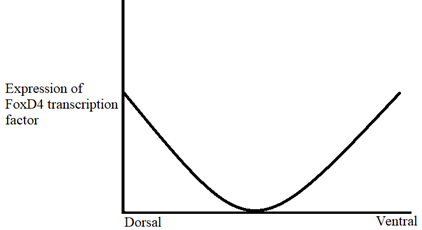#Question id: 11028
#Unit 7. System Physiology – Animal
A patient with a heart rate of 70 beats per minute and a stroke volume of 70 mL/beat will have a cardiac output of ________.
#Question id: 11029
#Unit 7. System Physiology – Animal
Damage to the sinoatrial node in humans would ________.
#Question id: 11030
#Unit 7. System Physiology – Animal
While jogging, a person has a stroke volume of 130 ml/beat and a heart rate of 120 beats per minute. If their resting stroke volume was 70 ml/beat and resting heart rate was 60 beats per minute, how did this person's cardiac output change?
#Question id: 11031
#Unit 7. System Physiology – Animal
Atrial systole ________.
#Question id: 11032
#Unit 7. System Physiology – Animal
An electrocardiogram (ECG) provides information about ________.
#Question id: 11033
#Unit 7. System Physiology – Animal
The velocity of blood flow is the lowest in capillaries because ________.




